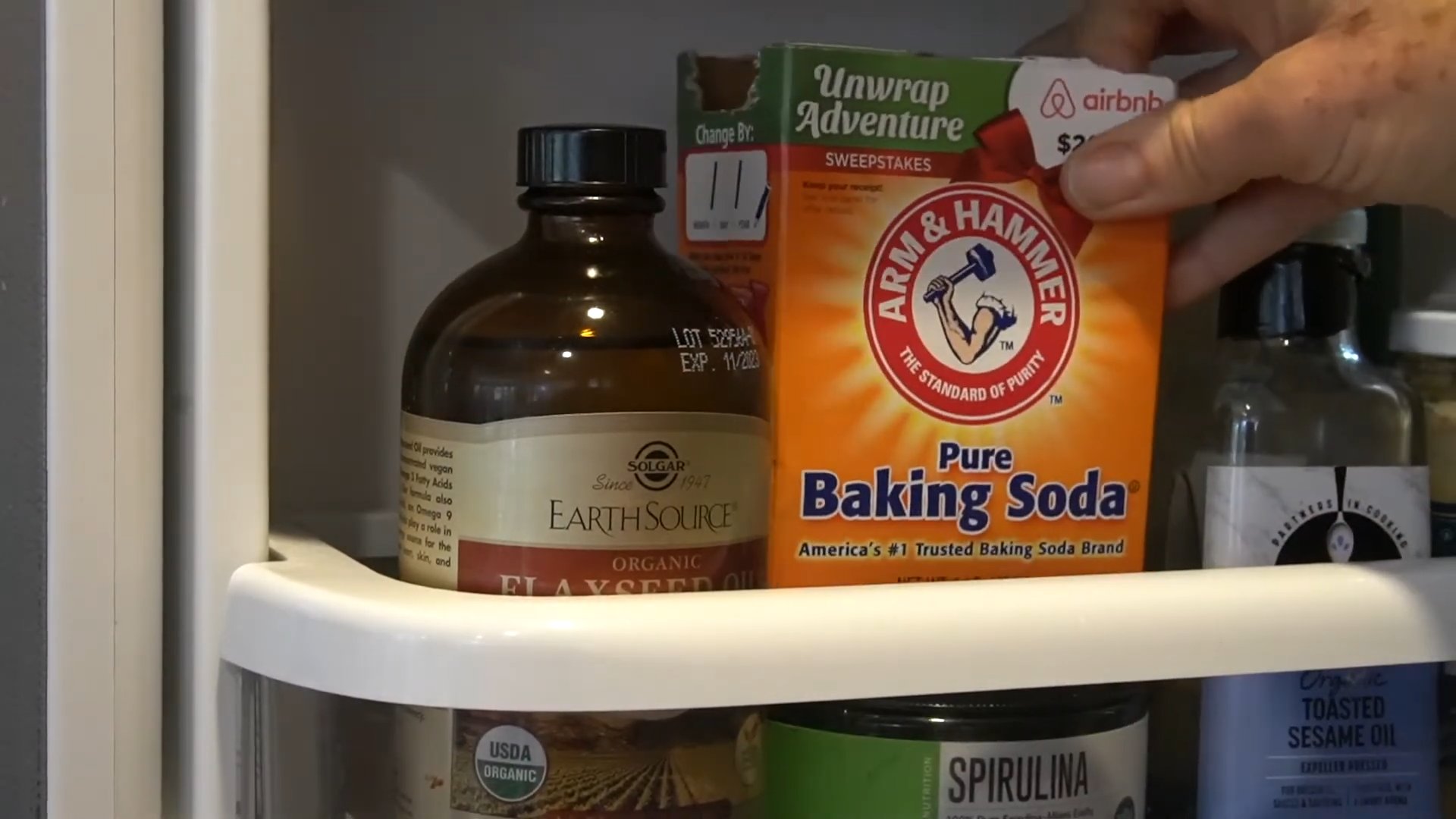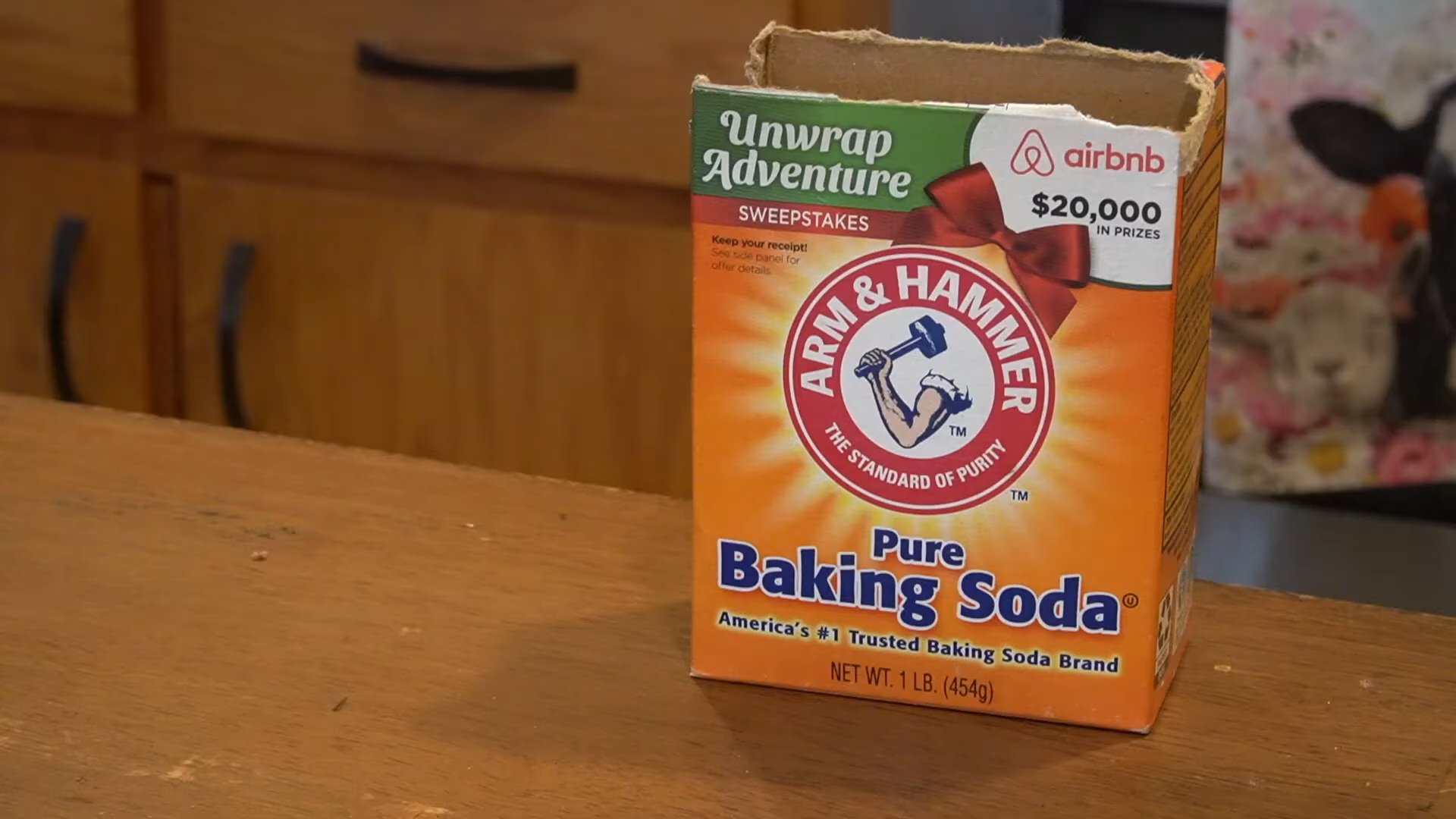Growing Carrots at Home can seem daunting, right? I get it! You might envision endless rows of perfectly orange carrots only to end up with stunted, forked disappointments. But fear not, fellow gardening enthusiast! This isn’t just another article; it’s your personal guide to unlocking the secrets of successful carrot cultivation, right in your own backyard (or balcony!).
Carrots have a rich history, dating back thousands of years. Originally, they weren’t even orange! Purple, white, and yellow varieties were common before the vibrant orange we know and love became popularized in the Netherlands in the 17th century. Imagine, a world without orange carrots!
But beyond their colorful past, why should you bother growing carrots at home? Well, for starters, the taste of a freshly harvested, homegrown carrot is simply unmatched. The sweetness and crispness are a world away from the store-bought variety. Plus, you control everything – from the soil to the fertilizer – ensuring a healthy and organic treat for you and your family. In this article, I’m going to share some simple, yet effective DIY tricks and hacks that will transform your carrot-growing experience. We’ll cover everything from seed selection and soil preparation to pest control and harvesting techniques. Get ready to impress your friends and family with your bountiful carrot harvest!

Growing Carrots at Home: A Beginner’s Guide to Crunchy Success
Okay, so you want to grow carrots at home? Awesome! I’m here to tell you it’s totally doable, even if you don’t have a sprawling farm. Carrots are surprisingly rewarding to grow, and nothing beats the taste of a freshly harvested, homegrown carrot. Let’s dive into everything you need to know to get started.
Choosing the Right Carrot Variety
First things first, let’s talk carrots! There are tons of different varieties, and picking the right one for your space and climate is key.
* Nantes: These are classic, cylindrical carrots, known for their sweet flavor and smooth texture. They’re a great all-around choice and mature relatively quickly.
* Danvers: These are longer, tapered carrots, also with a good flavor. They’re a bit more tolerant of heavier soils than Nantes.
* Chantenay: These are shorter, thicker carrots, perfect for growing in containers or raised beds where space is limited. They’re also good for heavier soils.
* Baby Carrots: If you’re impatient (like me!), these mature super fast and are great for snacking.
* Heirloom Varieties: Don’t be afraid to experiment with colorful heirloom varieties like ‘Purple Haze’ or ‘Yellowstone’. They add a fun twist to your garden and your plate!
Consider your soil type and the amount of space you have when making your choice. I personally love Nantes for their sweetness and ease of growth.
Preparing Your Carrot Patch
Carrots are a bit picky about their soil. They need loose, well-drained soil to grow long and straight. Rocky or compacted soil will result in stunted or forked carrots. Trust me, I’ve been there!
* Sunlight: Carrots need at least 6 hours of sunlight per day. Choose a sunny spot in your garden.
* Soil Preparation: This is the most important step!
* Clear the area: Remove any rocks, weeds, and debris from the planting area.
* Loosen the soil: Dig down at least 12 inches and loosen the soil thoroughly. You can use a garden fork or tiller for this.
* Amend the soil: Add plenty of compost or well-rotted manure to improve drainage and fertility. Carrots prefer soil that is not overly rich in nitrogen, as this can lead to excessive leafy growth at the expense of root development.
* Remove Clumps: Break up any large clumps of soil. The finer the soil, the better.
* Raised Beds or Containers: If your soil is particularly poor, consider growing carrots in raised beds or containers filled with a good quality potting mix. Make sure your container is at least 12 inches deep.
Planting Carrot Seeds
Carrot seeds are tiny, so planting them can be a bit fiddly. But don’t worry, I’ll walk you through it.
1. Timing: Carrots are a cool-season crop, so the best time to plant them is in early spring or late summer. Check your local frost dates to determine the best time to plant in your area. I usually aim for 2-3 weeks before the last expected frost in spring, or 8-10 weeks before the first expected frost in fall.
2. Sowing Seeds:
* Make shallow furrows: Create shallow furrows in the soil, about 1/4 to 1/2 inch deep and 1-2 inches apart.
* Sow seeds thinly: Sprinkle the carrot seeds thinly along the furrows. This is the trickiest part! Try to avoid sowing them too thickly, as this will make thinning them later much harder. You can use a seed dispenser or simply pinch the seeds between your fingers and sprinkle them along the row.
* Cover the seeds: Gently cover the seeds with a thin layer of soil.
* Water gently: Water the area gently with a watering can or hose with a gentle spray nozzle. Be careful not to wash away the seeds.
3. Germination: Carrot seeds can take a while to germinate, usually 1-3 weeks. Keep the soil consistently moist during this time. You can cover the area with a piece of burlap or shade cloth to help retain moisture.
Caring for Your Carrot Plants
Once your carrot seedlings emerge, it’s time to start caring for them.
1. Thinning: This is crucial! If you don’t thin your carrot seedlings, they’ll be overcrowded and won’t develop properly.
* When to thin: When the seedlings are about 2 inches tall, thin them to about 1-2 inches apart.
* How to thin: Gently pull out the weaker seedlings, leaving the strongest ones in place. Be careful not to disturb the roots of the remaining seedlings.
* Second thinning: When the carrots are about 4 inches tall, thin them again to about 3-4 inches apart. This will give them plenty of room to grow.
2. Watering: Carrots need consistent moisture to grow well. Water them regularly, especially during dry periods. Aim for about 1 inch of water per week. Avoid overwatering, as this can lead to root rot.
3. Weeding: Keep the area around your carrot plants free of weeds. Weeds compete with carrots for nutrients and water. Gently hand-pull weeds, being careful not to disturb the carrot roots.
4. Fertilizing: Carrots don’t need a lot of fertilizer. If your soil is poor, you can side-dress them with a balanced fertilizer a few weeks after they emerge. Avoid using fertilizers that are high in nitrogen, as this can lead to excessive leafy growth. Bone meal is a good option for promoting root development.
5. Pest and Disease Control: Carrots are relatively pest-free, but they can be susceptible to carrot rust flies and nematodes.
* Carrot rust flies: These pests lay their eggs near the base of the plants, and the larvae tunnel into the roots, causing damage. You can prevent carrot rust flies by covering your plants with row covers.
* Nematodes: These microscopic worms can damage carrot roots. You can control nematodes by planting resistant varieties or by amending the soil with beneficial nematodes.
* Diseases: Carrots can also be susceptible to diseases like leaf blight and powdery mildew. Prevent these diseases by providing good air circulation and avoiding overhead watering.
Harvesting Your Carrots
The moment you’ve been waiting for! Harvesting your own carrots is so satisfying.
1. When to harvest: Carrots are usually ready to harvest 60-80 days after planting, depending on the variety. Check the seed packet for specific maturity dates.
2. How to harvest:
* Loosen the soil: Before harvesting, water the area well to loosen the soil.
* Pull gently: Gently grasp the carrot tops near the base and pull straight up. If the carrots are difficult to pull, you can use a garden fork to loosen the soil around them.
* Wash and store: Wash the carrots thoroughly and store them in the refrigerator in a plastic bag or container. You can also store them in a cool, dark place like a root cellar.
Troubleshooting Common Carrot Problems
Even with the best care, you might encounter some problems when growing carrots. Here are a few common issues and how to fix them:
* Forked or stunted carrots: This is usually caused by compacted or rocky soil. Make sure to prepare your soil thoroughly before planting.
* Bitter-tasting carrots: This can be caused by hot weather or inconsistent watering. Keep the soil consistently moist and provide shade during the hottest part of the day.
* Cracked carrots: This is usually caused by uneven watering. Water regularly and consistently.
* Green shoulders: This happens when the tops of the carrots are exposed to sunlight. Hill up the soil around the carrots to cover the shoulders.
Extra Tips for Carrot Growing Success
* Succession planting: Plant carrots every few weeks to ensure a continuous harvest throughout the growing season.
* Companion planting: Plant carrots with onions, garlic, or rosemary to deter pests.
* Soil testing: Test your soil to determine its pH and nutrient levels. Carrots prefer a slightly acidic soil pH of 6.0-6.8.
* Record keeping: Keep track of your planting dates, varieties, and any problems you encounter. This will help you improve your carrot-growing skills over time.
Growing carrots at home is a rewarding experience. With a little bit of planning and effort, you can enjoy fresh, delicious carrots straight from your garden. Happy gardening!

Conclusion
So, there you have it! Growing carrots at home, especially using our simple DIY trick for seed spacing, is not only achievable but also incredibly rewarding. Forget those frustratingly overcrowded rows and the endless thinning process. This method, utilizing readily available materials and a little bit of ingenuity, ensures perfectly spaced carrots, leading to healthier, larger, and more uniform harvests.
Why is this a must-try? Because it simplifies the entire process, making it accessible to even the most novice gardener. You’ll spend less time weeding and thinning, and more time enjoying the fruits (or rather, vegetables!) of your labor. Imagine pulling up vibrant, perfectly formed carrots, knowing you nurtured them from tiny seeds to delicious, crunchy snacks. The satisfaction is unparalleled.
But don’t stop there! Experiment with different carrot varieties. Try Nantes for their classic cylindrical shape, Danvers for their robust flavor, or even rainbow carrots for a splash of color on your plate. You can also adapt the DIY spacing tool to suit your specific garden layout. Perhaps you prefer raised beds, or maybe you’re working with limited space in containers. The beauty of this method is its adaptability.
Consider companion planting your carrots with onions or garlic to deter pests, or interplanting with radishes, which mature quickly and help break up the soil. These techniques can further enhance your carrot growing experience and lead to even better results.
We’ve shown you how to take control of your carrot crop, from seed to table. Now it’s your turn to get your hands dirty! We wholeheartedly encourage you to try this DIY trick for **growing carrots at home**. It’s a game-changer, we promise.
Don’t just take our word for it, though. We want to hear about your experiences! Share your photos, tips, and variations in the comments below. Let us know what worked for you, what challenges you faced, and any creative adaptations you made to the method. Together, we can build a community of successful home gardeners, all enjoying the delicious bounty of homegrown carrots. Happy gardening!
Frequently Asked Questions (FAQ)
Q: What type of soil is best for growing carrots?
A: Carrots thrive in loose, well-drained soil that is free of rocks and clumps. Rocky or compacted soil can cause the roots to become stunted or misshapen. Sandy loam is ideal, as it allows for easy root penetration. Before planting, amend your soil with compost or well-rotted manure to improve drainage and fertility. Avoid using fresh manure, as it can cause forking. The ideal soil pH for carrots is between 6.0 and 6.8. If your soil is heavy clay, consider growing carrots in raised beds or containers filled with a suitable potting mix.
Q: How much sunlight do carrots need?
A: Carrots need at least six hours of direct sunlight per day to grow properly. While they can tolerate some shade, insufficient sunlight will result in smaller, less flavorful carrots. Choose a planting location that receives full sun for the majority of the day. If you live in a hot climate, some afternoon shade can be beneficial to prevent the soil from drying out too quickly.
Q: How often should I water my carrots?
A: Carrots need consistent moisture to develop properly. Water deeply and regularly, especially during dry periods. Aim to keep the soil consistently moist, but not waterlogged. Overwatering can lead to root rot, while underwatering can cause the carrots to become tough and bitter. A good rule of thumb is to water when the top inch of soil feels dry to the touch. Mulching around the plants can help to retain moisture and suppress weeds.
Q: What are some common pests and diseases that affect carrots?
A: Carrots can be susceptible to several pests and diseases, including carrot rust flies, aphids, nematodes, and leaf blight. Carrot rust flies lay their eggs near the base of the plants, and the larvae burrow into the roots, causing damage. Aphids can suck the sap from the leaves, weakening the plants. Nematodes are microscopic worms that can attack the roots, causing stunted growth. Leaf blight is a fungal disease that can cause the leaves to turn yellow and brown.
To prevent pest and disease problems, practice good garden hygiene, such as removing plant debris and weeds. Rotate your crops each year to avoid building up pest and disease populations in the soil. Use row covers to protect your plants from carrot rust flies and other pests. If you notice signs of disease, remove the affected leaves and treat the plants with a fungicide.
Q: How long does it take for carrots to mature?
A: The time it takes for carrots to mature depends on the variety and growing conditions. Generally, carrots take between 60 and 80 days to mature. Check the seed packet for specific information on the maturity time for your chosen variety. You can start harvesting carrots when they reach the desired size, even if they are not fully mature. Baby carrots can be harvested as early as 50 days.
Q: Can I grow carrots in containers?
A: Yes, carrots can be grown successfully in containers, as long as you choose a container that is deep enough to accommodate the roots. Select a container that is at least 12 inches deep and has drainage holes. Fill the container with a well-draining potting mix. Choose a carrot variety that is suitable for container growing, such as Nantes or Thumbelina. Water regularly and fertilize every few weeks with a balanced fertilizer.
Q: How do I store carrots after harvesting?
A: To store carrots after harvesting, remove the tops and gently brush off any excess soil. Do not wash the carrots until you are ready to use them. Store the carrots in a cool, dark, and humid place, such as a refrigerator or root cellar. You can store them in a plastic bag or container with a damp paper towel to help maintain humidity. Carrots can be stored for several weeks or even months under the right conditions.
Q: What are some good companion plants for carrots?
A: Companion planting can be beneficial for carrots, as certain plants can help to deter pests, improve soil health, or provide shade. Some good companion plants for carrots include onions, garlic, radishes, rosemary, and marigolds. Onions and garlic can help to repel carrot rust flies. Radishes can help to break up the soil and provide a quick harvest. Rosemary can deter carrot flies and other pests. Marigolds can attract beneficial insects that prey on pests.
Q: Can I save carrot seeds?
A: Saving carrot seeds is possible, but it requires a two-year cycle. In the first year, you grow the carrots as usual. In the second year, you allow the plants to flower and produce seeds. However, carrots are cross-pollinated, so if you are growing multiple varieties, the seeds may not be true to type. To ensure true-to-type seeds, you need to isolate the plants or hand-pollinate them. Saving carrot seeds is a more advanced gardening technique and may not be suitable for beginners.




Leave a Comment